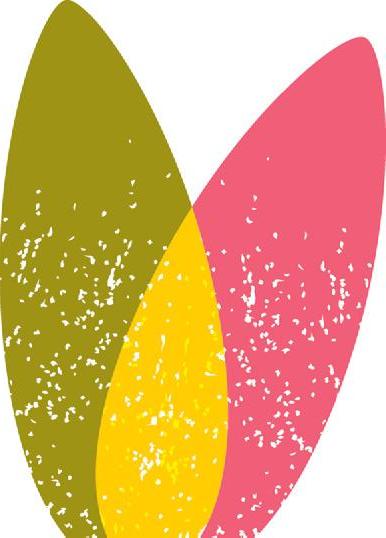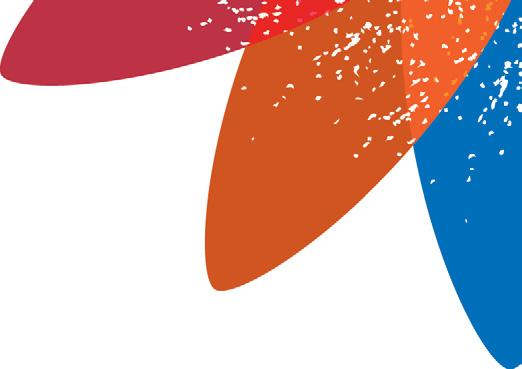
4 minute read
How to play your part
Every museum, every museum worker, and every museum network has a part to play in achieving the SDGs.
Everyone has a part to play in helping achieve the SDGs, and different museum roles have distinctive parts to play. If we revisit the list of seven suggested key activities for museums to undertake to support the SDGs: 1. Protect and safeguard the world’s cultural and natural heritage, both within museums and more generally 2. Support and provide learning opportunities in support of the SDGs 3. Enable cultural participation for all 4. Support sustainable tourism 5. Enable research in support of the SDGs 6. Direct internal leadership, management and operations towards the SDGs 7. Direct external leadership, collaboration and partnerships towards the SDGs
Advertisement

Museum workers could contribute to these seven key activities in the following ways (noting that this list is not exhaustive or exclusive):

Curators can readily support all seven activities, for example by (1) caring for and developing collections to support the SDGs, and making them available in sustainable ways; (2,3) developing exhibitions and collections linked to the SDGs, that support education and cultural participation for all; (4) supporting tourism in support of the SDGs through exhibitions and other activities; (5) facilitating the use of collections for research, and making collections and collections information widely available (notably online), to support the SDGs. (6) Curators can ensure that all their activities promote sustainability through the resources they use and decisions they take and (7) they can build partnerships and collaborations to support the SDGs.

Conservators can make a distinctive contribution through (1) caring for collections and making them available to support learning opportunities and cultural participation (2,3). Conservators can support research for the SDGs (5), and can make a distinctive contribution through ensuring the chemicals and other resources they use as part of conservation treatments are not harmful to the natural environment (1,6).47
47 See, especially, Sustainability in Conservation for advice https://www.sustainabilityinconservation.com/
Educators and staff working directly with visitors can create
opportunities for people to encounter intangible cultural heritage (1), and to take part in educational programmes linked to the SDGs (2). They can ensure that programmes promote cultural participation for all (3). Events can help promote sustainable tourism (4). Educators can support research that seeks to advance education for sustainable development and activity to accelerate action for the SDGs (5).

Leaders and managers can support
all seven activities, through the decisions they make in terms of providing financial and human resources; decisions around vision, mission and programmes of work (6) that support all seven key activities; and in the partnerships and projects they support, initiate and participate in (7).
Marketing teams play a key role in promoting learning opportunities (2), through ensuring they promote cultural participation for all (3), promoting sustainable tourism (4), communicating museums’ internal and external work in support of the SDGs to the wider world, and promoting the SDG Agenda (6,7).

Financial and commercial teams
support education (2), cultural participation for all (3) and sustainable tourism (4), through the services they provide and the products they stock and sell, ensuring that museums are accessible in terms of economic and cultural considerations (3). They can build external partnerships with suppliers in support of the SDGs (7).
Facilities teams play a key role in working to reduce negative environmental impacts and implement sustainable energy sources, and reducing waste of all kinds (6).
Ensuring that all seven activities are delivered and developed in harmony with one another will also help to ensure that museums themselves have a sustainable future.
Those whose decisions affect museums also have an important role to play:

Museum networks and sector
support organisations play a key role
in resourcing, supporting and communicating the range of ways that museums, museum workers and museum networks support the SDGs. They influence political decisions that affect the funding, policy connections and future of museums, and they provide funding directly themselves. They should support skills development and ensure funding is in place to support all seven activities and the range of museum roles. Museum networks and sector support organisations should advocate for the importance of all seven activities as foundations for museums’ roles in contributing to sustainable development. They should stay abreast of developments outside the museum sector and empower their members and networks to participate in big-picture initiatives that further the SDGs. They should support museums to enhance their positive impacts and steadily reduce their negative impacts.
Museum funders and policy makers
should also recognise the importance of all seven activities as the foundation of museums’ contributions to the SDGs, and ensure that appropriate funding, and accompanying policy decisions, are in place to support museums, museum workers and museum networks to play their fullest part in contributing to the SDGs, working as a sector and in partnership with other sectors. Ensuring that activity that supports the SDGs is reported, recognised and showcased is also important, and will help to enhance museums’ contributions to the SDGs, and the achievement of the SDGs overall.
The seven activities are broken down in further detail on the following pages, showing how they contribute towards particular SDGs and SDG targets.








